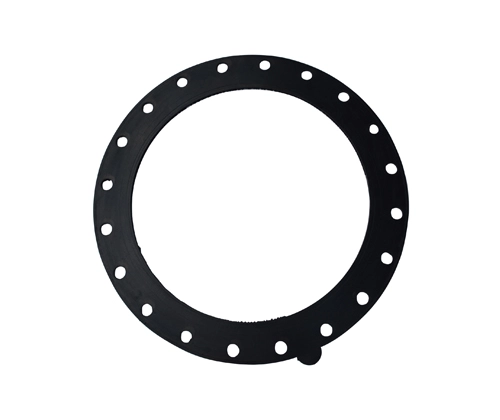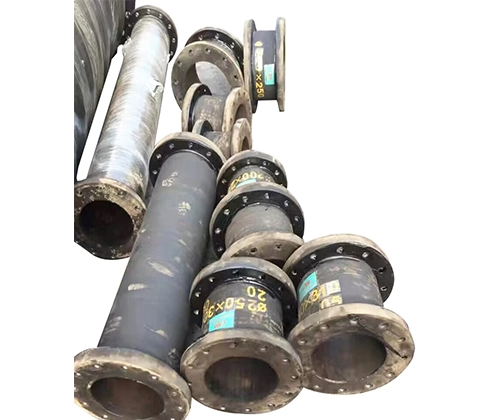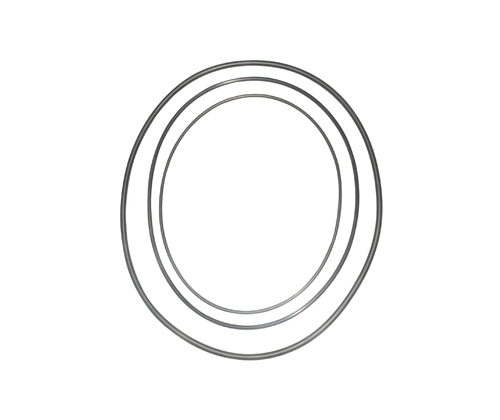With the development of ocean oil, natural gas, and dredging projects, the reliability, flexibility, and environmental adaptability of delivery systems have been subjected to higher demands. Floating rubber hoses, as a key pipeline component specifically used for the transportation of liquids and solid media on the sea or water surface, play an important role in offshore oil and gas transportation, dredging sludge discharge, and water engineering. This article will provide a comprehensive introduction to the structure, functions, applications, and technical advantages of floating rubber hoses, helping readers understand the application value of these hoses in modern marine engineering.
What is a Floating Rubber Hose?
Floating rubber hose, as the name suggests, is a type of rubber pipeline that can float on the water surface. Its core feature is: adding one or more layers of buoyant material (usually closed-cell foam plastic) to the exterior of the flexible rubber hose, making the hose as a whole have positive buoyancy. Even when fully loaded with transport medium, it can still float on the water surface, not sinking nor entangling. This structure maintains the flexibility of the hose while avoiding the fatigue failure problem caused by the rigidity of traditional hard pipes.
Structure Composition of Floating Rubber Hose
A typical floating rubber hose usually consists of the following layers:
Inner Rubber Layer: Directly contacts the transport medium, has wear-resistant and corrosion-resistant properties, and is used to protect the hose from chemical or particulate erosion.
Reinforcement Layer: Uses multi-layer steel wire braiding or fiber reinforcement structure to withstand internal pressure and external tension, ensuring the hose does not deform during high-pressure transport.
Buoyant Layer: Located in the middle or outer layer, made of high-density closed-cell foam material, providing continuous buoyancy, even if the hose is partially damaged, it can still maintain buoyancy.
Outer Protective Rubber: Has seawater resistance, UV resistance, and wear resistance properties, used to protect the overall structure of the hose from external environmental influences.
Flange Joint (optional): Usually equipped with standard flanges or quick joints at both ends, facilitating connection with other equipment.
Main Functions and Advantages of Floating Rubber Hose
Maintains Floating on Water for Easy Laying and Maintenance
Floating rubber hose does not require additional floats to suspend on the water surface, making laying and retrieval quick and easy, reducing manual and mechanical operation burdens and improving construction efficiency.
Strong Flexibility to Adapt to Waves and Tidal Changes
The flexible structure allows the hose to maintain stable operation amidst wave fluctuations and tidal changes, preventing damage caused by twisting or bending.
Strong Corrosion Resistance and Suitable for Marine Environments
The outer layer uses salt mist resistant rubber, and the inner materials also have excellent corrosion resistance, suitable for long-term exposure in marine or high-humidity environments.
Capable of Transporting Various Media
Whether crude oil, fuel oil, seawater, or dredged sludge, gravel, and other solid-liquid mixtures, floating rubber hoses can transport them stably, demonstrating wide adaptability.
Application Fields of Floating Rubber Hose
Floating rubber hose is widely used in the following main fields:
Offshore Oil Extraction: Used for transferring crude oil between buoys and oil tankers, floating storage units, etc.
Marine Engineering and Dredging Operations: Used to transport dredged sand, slurry, etc., connecting surface pump stations and discharge points.
Port and Terminal Loading and Unloading Systems: Enables the transport of fuel oil, liquid chemicals, and other fluids between ships and shores.
Hydraulic and Environmental Engineering: For special transport tasks such as water purification systems, water area sewage discharge, oxygen supply in aquaculture, etc.
- Custom Engineered Dredge Hose Solutions for Bulk Purchases
- Case Study: Small Dredging Project at a Local Marina
- Structural Design and Application Advantages of Armored Hose
- Top Dredging Hose Manufacturers in the USA
- Maximize Your Dredging Efficiency with Premium Rubber Suction Hoses
- Installation Process of Marine Rubber Fender
 English
English


